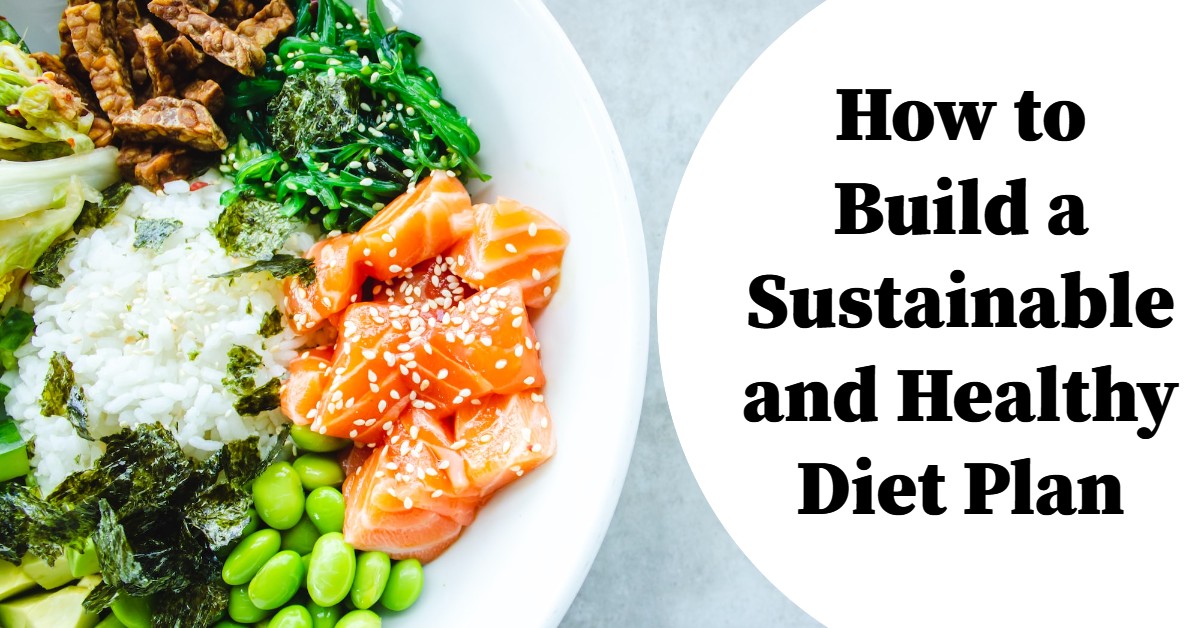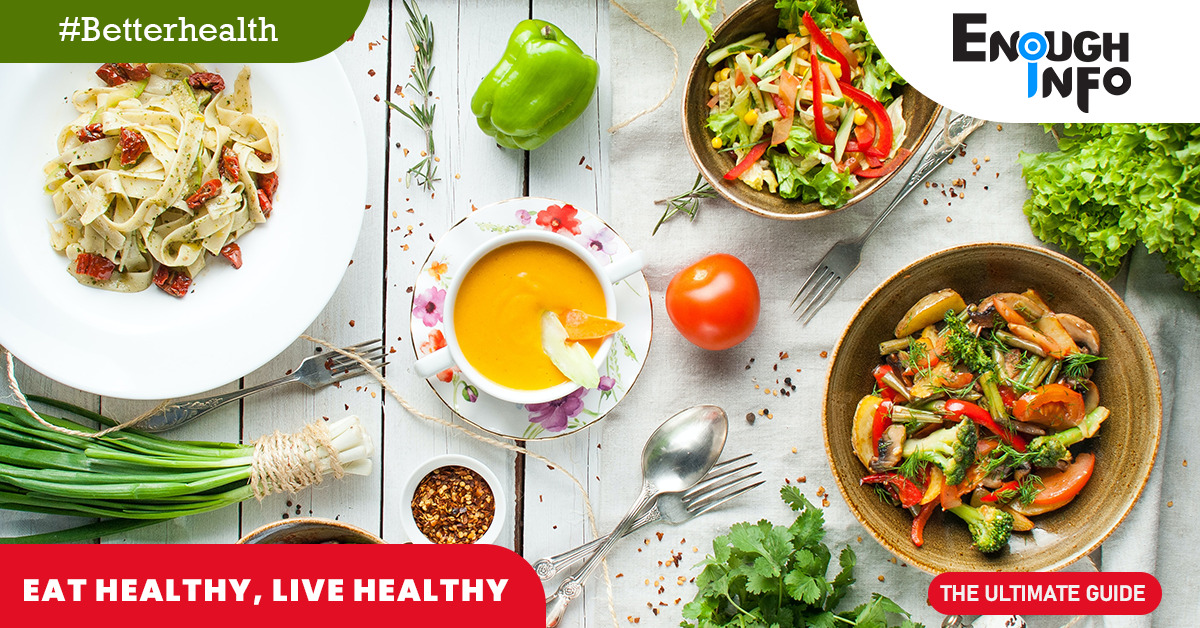How to Build a Sustainable and Healthy Diet Plan (2024)

How to Build a Sustainable and Healthy Diet Plan: Building sustainable and healthy diet plans means creating a way of eating that supports both long-term health and the health of the planet.

This involves selecting foods that are nutrient-dense and minimally processed while also being mindful of the environmental impact of our food choices.
A sustainable and healthy diet plan emphasizes a balance of macronutrients (carbohydrates, proteins, and fats) and includes a variety of whole foods, with an emphasis on fruits, vegetables, whole grains, legumes, nuts, and seeds. It also involves limiting the intake of added sugars, unhealthy fats, and highly processed foods.
Additionally, a sustainable and healthy diet plan considers the environmental impact of food choices, such as selecting locally sourced and organic produce, reducing food waste, and choosing plant-based protein sources.
What is a sustainable diet?
A sustainable diet is a diet gotten as a result of consideration of the type of food we eat, how it is grown, distributed and packaged, and the effect this has on the planet.
FAO and WHO defines a sustainable diet as including whole grains, legumes, nuts and an abundance and variety of fruits and vegetables. It can include moderate amounts of eggs, dairy, poultry and fish and small amounts of red meat. There is also minimal use of antibiotics and hormones in food production. And a minimal use of plastics and derivatives in food packaging. These processes reduce food loss and waste.
How to Build a Sustainable and Healthy Diet Plan
Here is how to build a sustainable and healthy diet plan:
1. Focus on nutrient-dense foods
Choose foods that are rich in essential vitamins and minerals, such as fruits, vegetables, whole grains, lean proteins, and healthy fats. These foods provide the necessary nutrients for overall health and help prevent chronic diseases.
2. Incorporate a variety of foods
Eating a variety of foods helps ensure that you are getting all of the essential nutrients your body needs. It also keeps meals interesting and flavorful. Try incorporating different colors and textures of fruits and vegetables, and experiment with new recipes and flavors.
3. Balance your macronutrients
Aim to consume a balance of carbohydrates, proteins, and fats. Carbohydrates are a primary source of energy and should make up about 45-65% of your daily caloric intake. Proteins help build and repair tissues and should make up about 10-35% of your daily caloric intake. Fats provide energy, insulation, and protection for the body and should make up about 20-35% of your daily caloric intake.
4. Choose minimally processed foods
Processed foods are often high in unhealthy fats, sugars, and sodium. Choose whole foods that are minimally processed, such as fruits, vegetables, whole grains, nuts, and seeds.
5. Avoid unnecessary packaging
Negative effects on the environment can result from food packaging, particularly if it is made of non-recyclable materials. We can all do our part by buying less packaged goods (think bagged apples instead of cling film-covered ones) and by selecting products that are either biodegradable, recyclable, or produced from recycled resources.
6. Limit added sugars and unhealthy fats
Added sugars and unhealthy fats, such as saturated and trans fats, can contribute to chronic diseases. Limit your intake of sugary drinks, sweets, and foods high in saturated and trans fats.
7. Choose sustainable protein sources
Animal products can be high in saturated fats and contribute to environmental issues, such as deforestation and greenhouse gas emissions. Consider incorporating plant-based protein sources, such as legumes, nuts, and seeds, into your diet. If you choose to consume animal products, look for sustainably raised options.
8. Choose sustainably sourced seafood
Fish is an excellent source of omega-3 fatty acids, which support heart health, normal vision, and brain function. However, overfishing is depleting the native fish population. In order to take advantage of the required nutrients and ease the strain on wild seafood stocks:
- Consume fish and seafood 1-2 times per week to meet your nutritional needs and ease the strain on wild fish supplies.
- Pick fish and seafood that has been certified as sustainable by groups like the Marine Stewardship Council.
9. Drink plenty of water
Water is essential for hydration and helps regulate body temperature and digestion. Aim to drink at least 8 cups of water per day.
10. Consider the environmental impact of your food choices
Choose locally sourced and organic produce when possible, reduce food waste, and avoid foods with excessive packaging.
11. Seek guidance from a registered dietitian
A registered dietitian can provide personalized recommendations based on your individual needs and preferences and help you build a sustainable and healthy diet plan that works for you.
Conclusion:
How to build a sustainable and healthy diet plan is as simple as following the recommendations above. Health is wealth. Eat well to live well and be healthy.
Recommended:
The Potential Dangers of Restrictive Diets
The Pros and Cons of Popular Diets (2023 Review)
How to Focus With ADHD (11 Trusted Tips)
How to Lose Face Fat (11 Natural and Stress-free Methods)
12 Ways To Boost Seminal Fluid Naturally (Complete Guide 2023)




